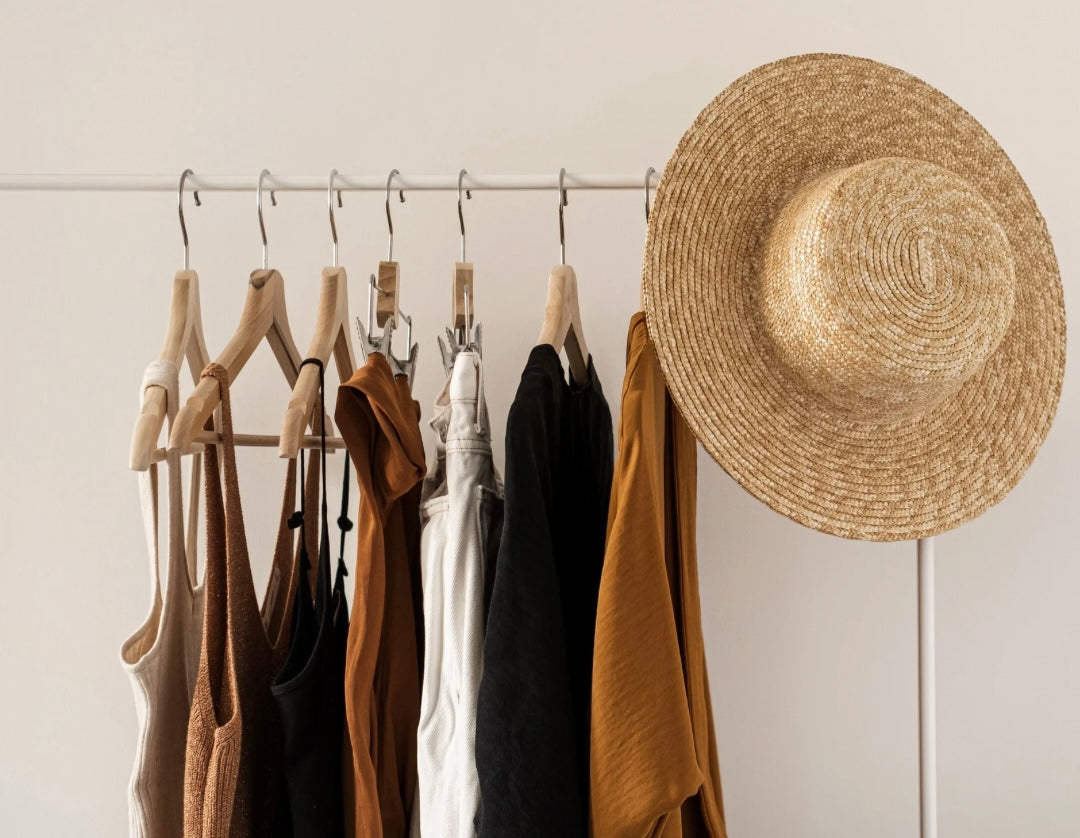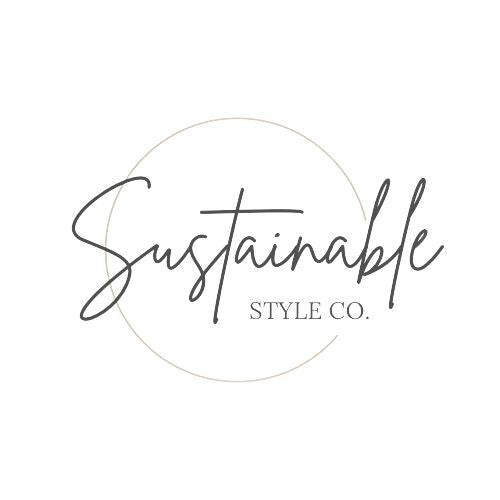In the past few decades, the fashion industry has undergone significant changes, with consumers spending less on clothing while owning more items. However, as the price of clothing is predicted to rise due to increased production costs and compliance expenses, it is time for us to reconsider our approach to fashion. This blog post explores the rising ethical concerns associated with cheap clothing and suggests a shift towards quality and sustainable fashion choices.
The Ethical Dilemma:
Low-cost "fast fashion" has long appealed to consumers due to its affordability. However, more and more people are now associating cheap clothing with ethical issues such as low wages, poor working conditions, and environmental waste. Retailers like H&M are recognizing this shift in consumer sentiment and are taking steps towards sustainability. H&M plans to source sustainable raw materials, consider production in sub-Saharan Africa, and introduce a denim collection made from recycled materials and organic cotton. While these initiatives are commendable, we must question whether they are genuine efforts or merely attempts to appease concerned consumers.
Reconsidering Our Approach:
To address the rising costs and ethical dilemmas of cheap clothing, we can take inspiration from Europeans, who have historically prioritized quality over quantity. Much of the inexpensive clothing we buy is akin to fast food diets - high in quantity but low in quality. It is time to evaluate our wardrobes and consider how many items we own and how often we wear them. Chances are, we only wear about 20% of our clothing 80% of the time, resulting in wasted space and money.
Investing in Quality:
Instead of purchasing five fast-fashion, low-quality items costing $25 each, we can allocate our clothing budget more wisely. With an average annual income of $50,000, spending 3% on clothing gives us $1,500 per year or $125 per month. By investing in one or two quality items at a higher price point, such as $125 or $63 respectively, we can enjoy better craftsmanship, longer-lasting garments, and reduce the need for disposal or donation in the future.
The Rise of Sustainable Fashion:
Elizabeth Cline's book, "Over-Dressed: The Shockingly High Cost of Cheap Fashion," sheds light on our disposable fashion culture and the fate of unwanted clothing when donated to charity. However, the slow-fashion movement and organizations like the Ethical Fashion Forum are gaining momentum, raising awareness about the social and environmental practices within the fashion industry. These initiatives aim to support and promote sustainable fashion practices, encouraging consumers to make more conscious choices.
While price remains a significant factor in our purchasing decisions, it is crucial to consider the hidden costs of cheap clothing. By shifting our focus towards quality and sustainability, we can make a positive impact on the fashion industry and our own lives. Embracing sustainable style not only allows us to enjoy well-crafted garments but also helps us contribute to a more ethical and environmentally conscious future. Let's make a change and redefine our relationship with fashion.

